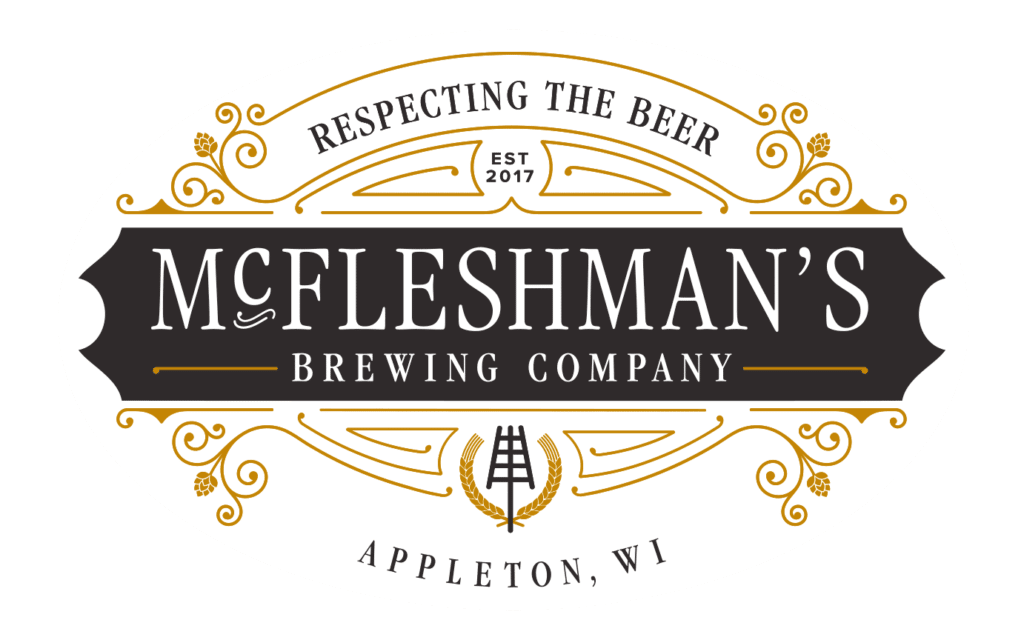Updated: Aug 13, 2019

‘The Pope of Foam.’ That’s what Charlie Bamforth has been dubbed by his peers. He’s a scientist concerned with many aspects of beer, but foam is what he’s knwon for. He was also who Bobby studied under in brewing school. Beer foam is not trivial to get right. Ask any beer server who’s struggled to wrangle a newly-tapped keg. (Always on a Saturday rush, no less!) Foam brings together so many facets, carbonation being one of the biggest. At McF, we prepare beers with three types of carbonation to yield three categories of foam. First are the standard forced carbonated (CO2) draft beers that one finds all the time. Next, you may have noticed our four beer engines (hand-pumps). Behind that wall is a cellar full of naturally-conditioned cask ales. “Naturally-conditioned” implies there is no CO2 pressure used to push these beers into the glass when a server pulls the hand pump. Any carbonation found in these beers is from the yeast living in those casks, so there will be slightly less carbonation and the serves must put in the muscle to draw the beer up.

And then there are the nitro beers, which are lightly-carbonated, but it’s the nitrogen gas that’s front and center here. In fact, nitro came about as a way to simulate cask ales, but at colder serving temperatures. So how does one ‘nitrogenate’ beers? Same as one would carbonate a beer: apply pressure and force the nitrogen gas in, usually through a stone with tiny little holes in it. Thing is, nitrogen doesn’t like to dissolve into beer–lots of chemistry there–so you need at least double the nitrogen compared to CO2. Our tanks were made with this purpose explicitly in mind. Which brings us to our Public House Pint. When you walk into an Irish pub and order “a pint” the bartender assumes you mean Guinness Dry Irish Stout of course, as there is only one true Irish Pint and the other beers you’d have to ask for by name. To honor this tradition, we named our Dry Irish Stout the Public House Pint, hoping that patrons would order “A Pint”. We knew from the beginning this Irish stout had to be on nitro, because it would balance it’s creaminess and roast character. Coffee drinkers can relate.

Too much carbonation would come across as a sharp flavor and throw it out of wack. Since you take the first sip of a beer with your eyes, the nitro would also give that gorgeous creamy head with a sharp line contrasting where the foam meets the beer. In the beer world, there may be no better sight than the cascade of nitrogen upon pouring a stout. Don’t be in a rush—it takes a few minutes to set up a proper nitro pour which is to pour 3/4 of the beer, wait until the foam settles a few minutes, and then top off the beer with just the right amount of foam. A stout on nitro* is a quintessential Irish staple. No Irish pub is complete without it. [*Side effects to Irish stout may include conversation, camaraderie, and singing. . . lots of singing.]
So the next time you’re here, impress our beertenders by simply ordering a ‘Pint’.
Sláinte
(“to your health” in Gaelic)



